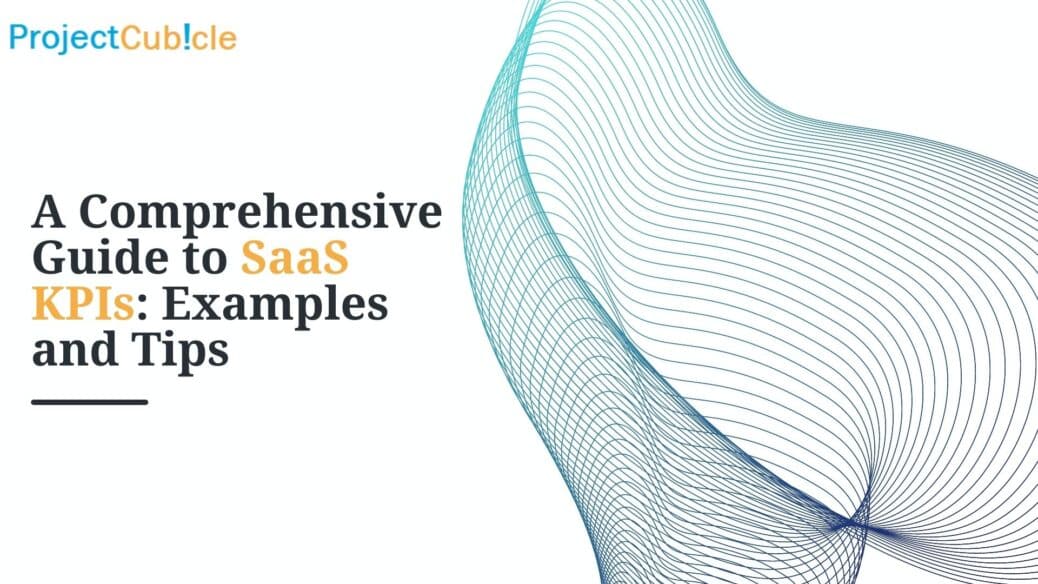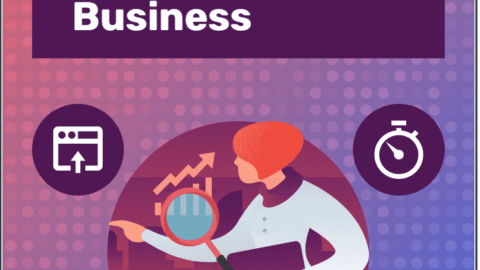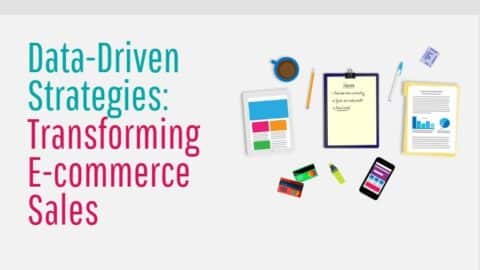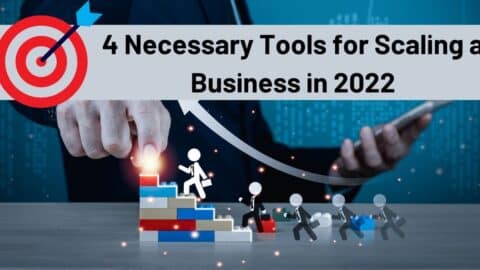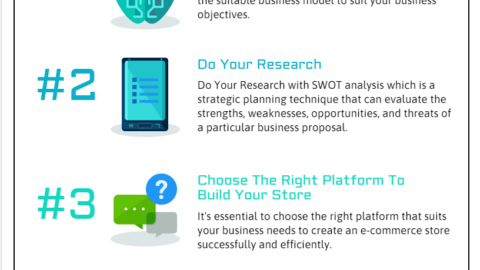A Comprehensive Guide to SaaS KPIs: Examples and Tips
Explore the world of Software as a Service (SaaS) Key Performance Indicators (KPIs) (SaaS KPIs) in this comprehensive guide. Learn how to measure success, monitor crucial metrics, and drive growth.
Table of Contents
Introduction to Saas Key Performance Indicators (KPIs)
In the dynamic realm of software development and service provision, Software as a Service (SaaS) companies have emerged as the vanguards of innovation and convenience. Amidst the surging demand for cutting-edge solutions, these companies not only strive to deliver exceptional software but also to effectively gauge their accomplishments. This critical pursuit of measuring success hinges on the utilization of Key Performance Indicators (KPIs). Within the pages of this extensive guide, we will embark on an exploration of the realm of SaaS KPIs. With a plethora of examples and invaluable insights, this guide aims to illuminate the path for businesses navigating this pivotal facet of the industry.
Understanding Saas Key Performance Indicators (KPIs)
Key Performance Indicators are quantifiable metrics that serve as the compass guiding SaaS companies in evaluating their performance and progress towards specific business goals. They assume the role of strategic tools, offering invaluable guidance to decision-makers as they forge informed strategies and choices. Encompassing multifarious aspects of a company’s operations, SaaS KPIs weave through domains such as marketing, sales, customer support, and financial performance, providing a comprehensive overview of a company’s trajectory.
The Vital Saas Key Performance Indicators (KPIs) You Need to Monitor
Customer Acquisition Cost (CAC)
In the pursuit of understanding the efficiency of customer acquisition strategies, businesses closely monitor the Customer Acquisition Cost (CAC). This metric encapsulates the expenses incurred by a company in the pursuit of acquiring a single customer. Also, it includes factors such as marketing expenditures, salaries of the sales team, and other pertinent costs. By scrutinizing the CAC, SaaS companies can discern the effectiveness of their strategies and make data-driven modifications.
Example: Consider a scenario where a SaaS enterprise invests $10,000 in marketing and sales endeavors within a month, resulting in the acquisition of 100 customers during the same period. In this case, the CAC would stand at $100.
Monthly Recurring Revenue (MRR)
A cornerstone of financial stability and growth projection lies within the Monthly Recurring Revenue (MRR). This KPI entails the predictable revenue stream generated through monthly subscriptions. By gauging MRR, SaaS businesses glean insights into their financial resilience and anticipate their growth trajectory.
Example: If a SaaS company boasts 1,000 customers contributing $50 per month, the MRR calculation yields $50,000.
Churn Rate
The Churn Rate stands as a sentinel for customer satisfaction and support effectiveness. This metric quantifies the pace at which customers terminate their subscriptions, thereby shedding light on possible concerns within the product or customer support system.
Example: If a SaaS enterprise enters a month with 500 customers and loses 50 of them during the same period, the churn rate registers at 10%.
Customer Lifetime Value (CLTV)
Guiding the contours of customer retention strategies, the Customer Lifetime Value (CLTV) estimates the cumulative revenue projected from a singular customer over their engagement period. This metric is instrumental in shaping decisions concerning customer loyalty and value augmentation.
Example: If the average subscription duration for a customer in a SaaS service spans 24 months, with a monthly payment of $30, the CLTV calculation yields $720.
Lead-to-Customer Conversion Rate
The effectiveness of converting leads into paying customers finds its metric in the Lead-to-Customer Conversion Rate. Also, by analyzing this KPI, SaaS companies optimize their sales processes, refining them to maximize conversion efficiency.
Example: A SaaS enterprise generating 500 leads in a month, with 50 of them transitioning into paying customers, would manifest a lead-to-customer conversion rate of 10%.
Examples of Successful Saas Key Performance Indicator (KPI)
Implementation
Salesforce: Mastering Churn Rate
The eminent Salesforce, renowned for its cloud-based CRM solutions, harnesses the power of the Churn Rate KPI with meticulous precision. By immersing themselves in the intricacies of customer behavior and feedback, they engage in a continuous cycle of platform enhancement, thus mitigating churn and elevating customer satisfaction.
Example: By discerning specific features that trigger dissatisfaction and addressing them expeditiously, Salesforce curtailed its churn rate by an impressive 15% within a year.
HubSpot: Elevating Conversion Rates
HubSpot, a trailblazer in inbound marketing and sales software, revolves around the Lead-to-Customer Conversion Rate KPI. Also, through diligent A/B testing of landing pages and optimizing their sales funnel, they engineer a landscape conducive to heightened conversion rates.
Example: Through deliberate refinement of website design and experimentation with diverse call-to-action buttons, HubSpot elevated its lead-to-customer conversion rate from 8% to 12% within six months.
Netflix: Nurturing Customer Lifetime Value
Goliath streaming service Netflix capitalizes on the Customer Lifetime Value (CLTV) metric to illuminate the path toward strategic content acquisition and retention. By dissecting viewership patterns and preferences, Netflix crafts and procures content that resonates with its audience, culminating in augmented CLTV.
Example: By discerning that viewers engaging with a particular genre of original series displayed prolonged subscription tenures, Netflix channeled resources into producing content aligned with that genre, thereby catalyzing heightened engagement and elongated customer lifetimes.
Zendesk: Prioritizing Customer Satisfaction
Zendesk, a notable purveyor of customer service software, fosters a profound alliance with the Customer Satisfaction Score (CSAT) KPI. Through the collection of post-interaction feedback, they construct a comprehensive portrait of support service quality, steering continuous enhancement.
Example: When faced with a dip in CSAT scores during a specific month, Zendesk’s investigation revealed elongated response times due to escalated query volumes. Their response was the strategic addition of support staff during peak periods, ultimately resulting in amplified customer satisfaction.
Expert Tips for Saas Key Performance Indicator (KPI) Mastery
Alignment with Goals
The linchpin of SaaS KPI mastery resides in the seamless alignment of chosen metrics with overarching business objectives. Also, tailoring metrics to dovetail with specific growth strategies facilitates precision in gauging progress.
Regular Analysis and Adjustment
SaaS KPIs flourish in a dynamic environment. Regular analysis and the prompt implementation of requisite adjustments form the bedrock of ensuring optimal performance and relevance.
Leverage Analytics Tools
The utilization of advanced analytics tools empowers SaaS companies with accurate measurement and tracking capabilities. Also, leveraging platforms like Google Analytics or specialized SaaS analytics tools enriches insights.
Cohort Analysis
Unearth the gems of customer behavior through cohort analysis. Also, by dissecting distinct sets of customer data over time, businesses extract nuanced trends and patterns for strategic decision-making.
Collaborate Across Teams
The cross-functional nature of KPIs underscores the importance of fostering collaboration among diverse teams. Also, insights from various departments holistically contribute to the attainment of KPI targets.
Granular Analysis of Churn
Scrutinizing churn rate at a granular level unveils hidden insights. By discerning segments or subscription plans witnessing escalated churn, companies can tailor interventions and improvements accordingly.
Utilize Predictive Analytics
Incorporating predictive analytics amplifies the power of foresight. Also, predictive models project future trends grounded in historical data, enabling proactive retention strategies and interventions.
Benchmarking Against Industry Standards
Comparing performance against industry benchmarks provides a litmus test for excellence. Also, recognizing strengths and areas requiring enhancement bolsters a SaaS company’s growth trajectory.
Conclusion
Understanding and effectively utilizing SaaS KPIs can significantly impact the success of a company in this competitive landscape. These metrics provide actionable insights that guide decisions, foster innovation, and contribute to sustainable growth. Also, by mastering KPIs like Customer Acquisition Cost (CAC), Monthly Recurring Revenue (MRR), Churn Rate, Customer Lifetime Value (CLTV), and Lead-to-Customer Conversion Rate, SaaS companies can build a strong foundation for continuous improvement and long-term success.
In essence, SaaS KPIs serve as a compass, navigating companies through the complexities of the industry. As technology evolves and customer expectations change, these metrics will remain invaluable tools in adapting, thriving, and delivering exceptional value to customers.
Hello, I’m Cansu, a professional dedicated to creating Excel tutorials, specifically catering to the needs of B2B professionals. With a passion for data analysis and a deep understanding of Microsoft Excel, I have built a reputation for providing comprehensive and user-friendly tutorials that empower businesses to harness the full potential of this powerful software.
I have always been fascinated by the intricate world of numbers and the ability of Excel to transform raw data into meaningful insights. Throughout my career, I have honed my data manipulation, visualization, and automation skills, enabling me to streamline complex processes and drive efficiency in various industries.
As a B2B specialist, I recognize the unique challenges that professionals face when managing and analyzing large volumes of data. With this understanding, I create tutorials tailored to businesses’ specific needs, offering practical solutions to enhance productivity, improve decision-making, and optimize workflows.
My tutorials cover various topics, including advanced formulas and functions, data modeling, pivot tables, macros, and data visualization techniques. I strive to explain complex concepts in a clear and accessible manner, ensuring that even those with limited Excel experience can grasp the concepts and apply them effectively in their work.
In addition to my tutorial work, I actively engage with the Excel community through workshops, webinars, and online forums. I believe in the power of knowledge sharing and collaborative learning, and I am committed to helping professionals unlock their full potential by mastering Excel.
With a strong track record of success and a growing community of satisfied learners, I continue to expand my repertoire of Excel tutorials, keeping up with the latest advancements and features in the software. I aim to empower businesses with the skills and tools they need to thrive in today’s data-driven world.
Suppose you are a B2B professional looking to enhance your Excel skills or a business seeking to improve data management practices. In that case, I invite you to join me on this journey of exploration and mastery. Let’s unlock the true potential of Excel together!
https://www.linkedin.com/in/cansuaydinim/

